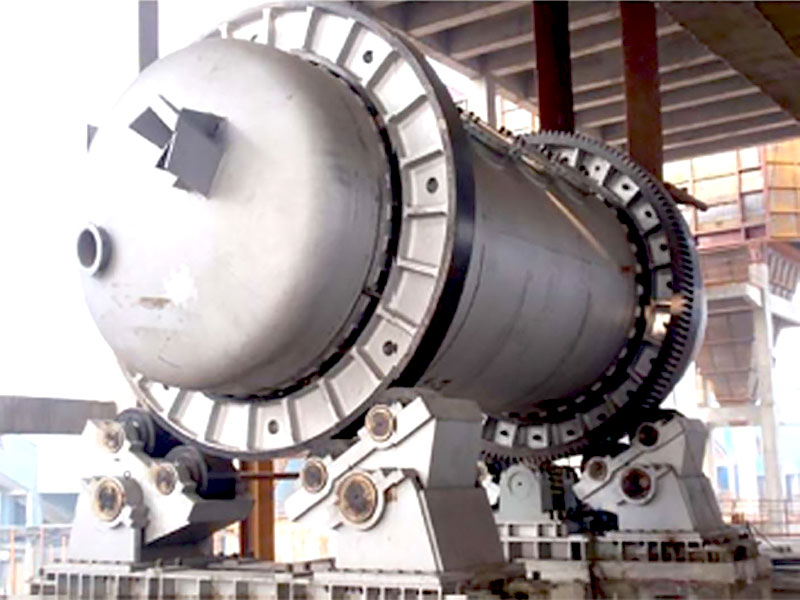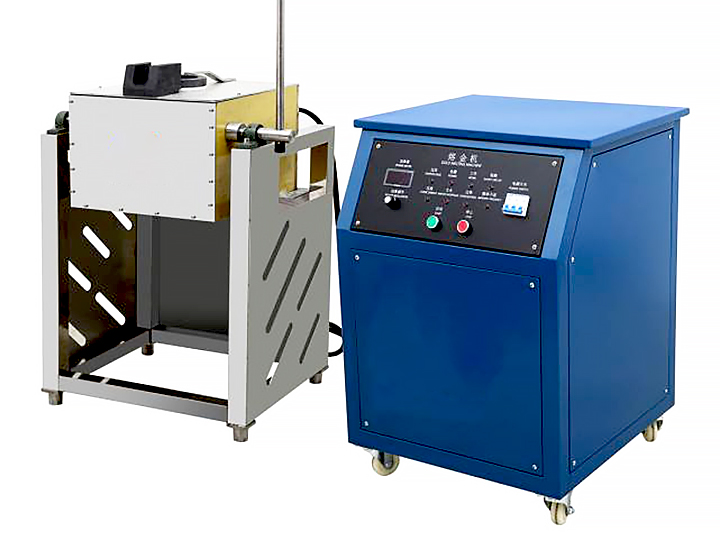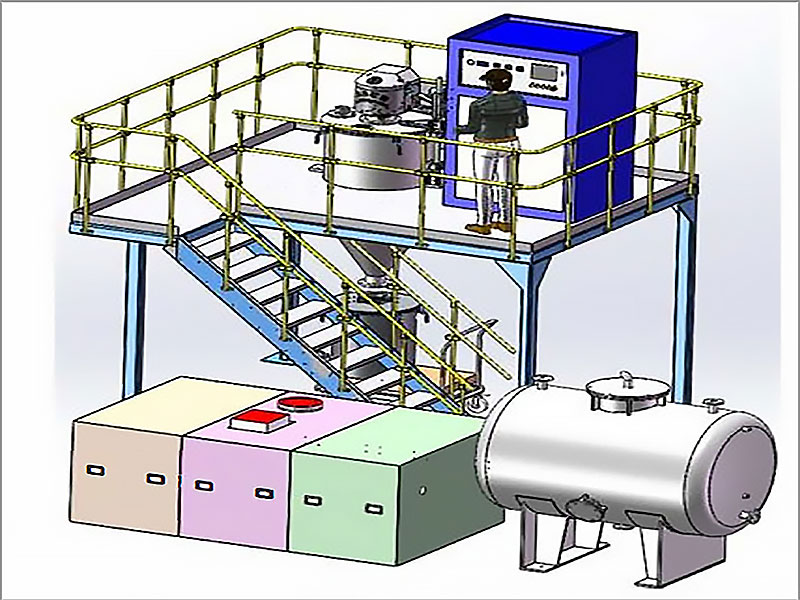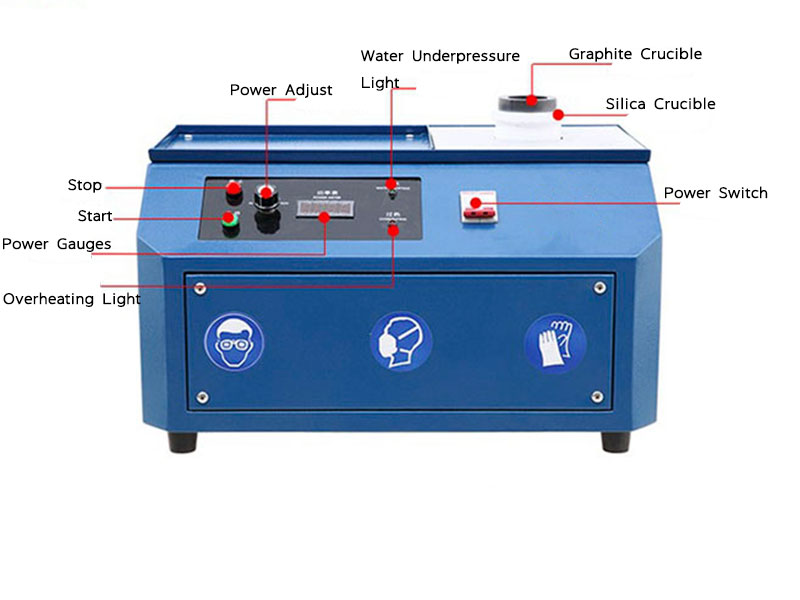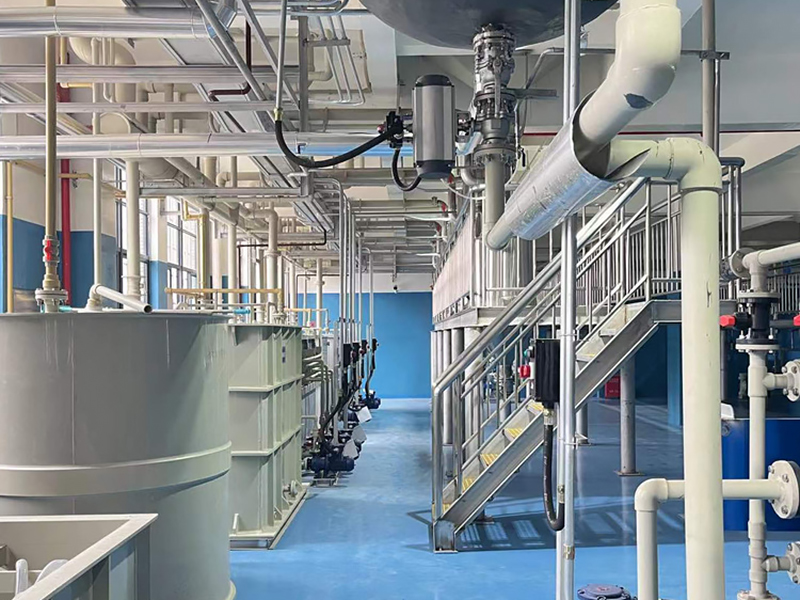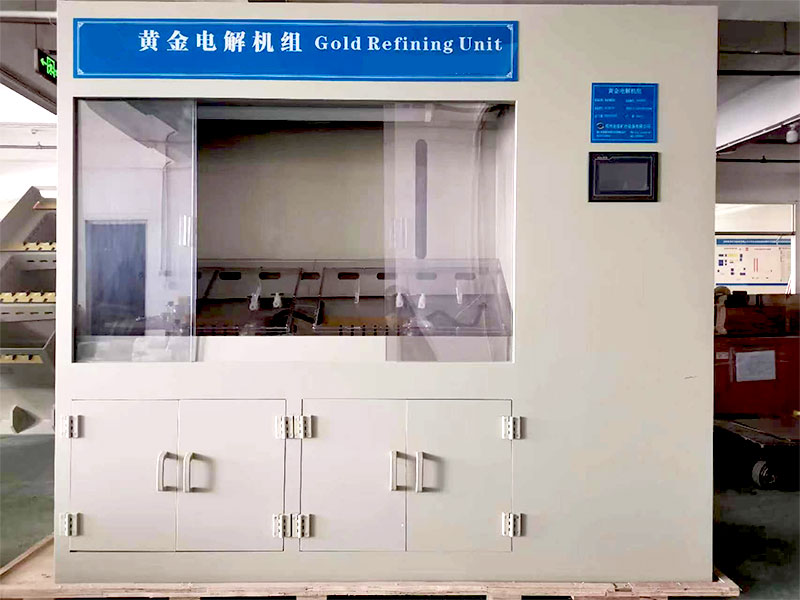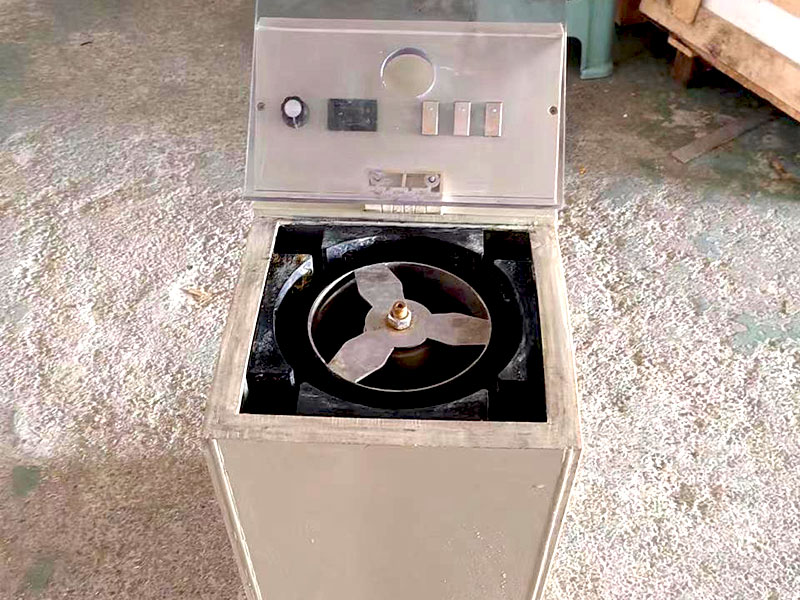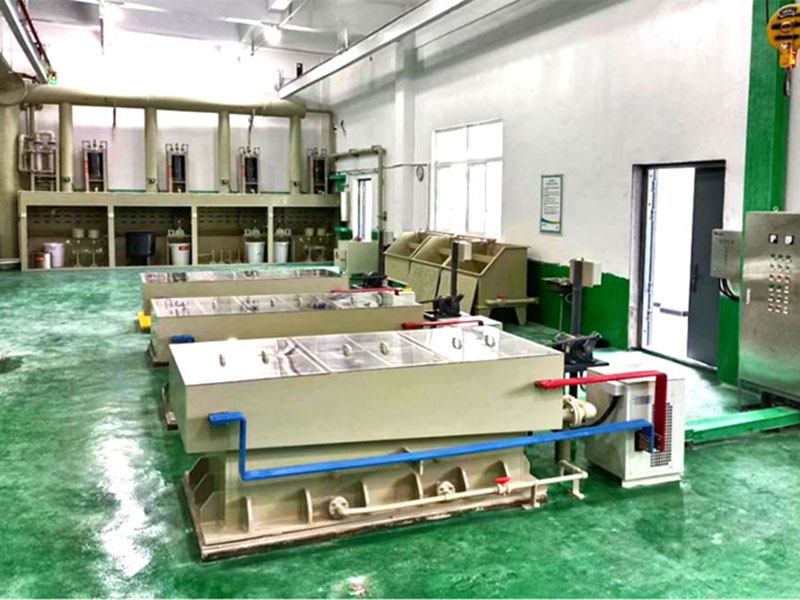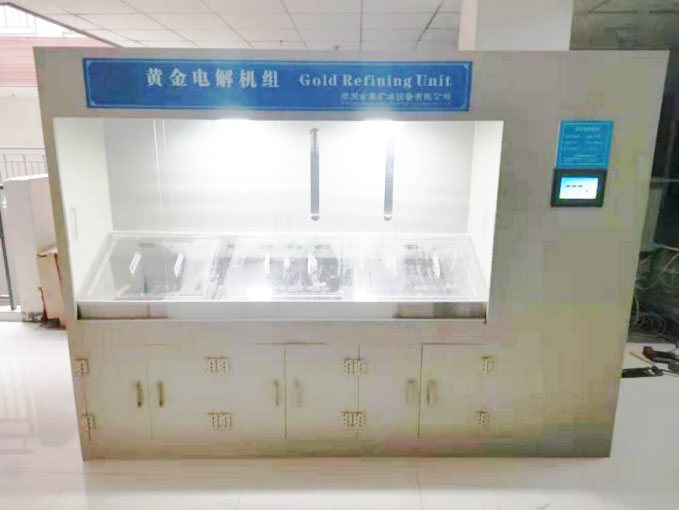Flux For Silver Refining
Understanding Flux for Silver Refining: Enhancing Purity and Efficiency
Silver refining is a meticulous process aimed at extracting pure silver from its ores or scrap materials. One critical component that significantly enhances the efficiency and purity of this process is flux. Flux, particularly in the context of silver refining, plays a pivotal role in removing impurities and facilitating the separation of silver from other metals and contaminants. This article delves into the importance of flux for silver refining, exploring its mechanisms, types, and applications, as well as how FRT Machinery utilizes advanced flux technologies to optimize refining processes.
Types of Flux Used in Silver Refining
In the realm of metallurgy, several types of flux are used depending on the specific requirements of the refining process. Commonly, fluxes can be categorized into two main types: oxidizing and reducing fluxes. Oxidizing fluxes, such as borax and silica, are effective in removing base metals by forming slag, which floats on top of the molten silver. Reducing fluxes, like coke or charcoal, help prevent oxidation of the silver during the refining process, ensuring higher recovery rates.
Mechanism of Flux in Silver Refining
The mechanism of action for flux in silver refining involves creating conditions that allow for the easy separation of silver from impurities. When introduced into the refining process, fluxes react with the non-metallic components of the ore or scrap material. This reaction forms a low-melting point compound known as slag, which separates from the molten silver. The slag, being lighter, rises to the surface where it can be easily removed, leaving behind purified silver.
Benefits of Using Flux in Silver Refining

Using flux in silver refining offers numerous benefits that enhance both the quality and efficiency of the process. Firstly, it significantly reduces the loss of silver by minimizing oxidation and other chemical reactions that could otherwise consume valuable silver. Secondly, it improves the purity of the final product by effectively removing impurities. Lastly, by forming a protective layer over the molten silver, fluxes help maintain the temperature and prevent contamination, thus streamlining the refining process.
Applications of Flux in Modern Silver Refining Processes
Modern silver refining processes, especially those implemented by FRT Machinery, rely heavily on the strategic use of flux. In smelting operations, fluxes are added to the furnace along with the silver-bearing material to facilitate the removal of slag. For electrolytic refining, fluxes may be used in the initial smelting stage to produce a more refined silver that is suitable for further purification through electrolysis. This ensures that the silver produced meets the highest standards of purity and quality, essential for various industrial and commercial applications.
FRT Machinery’s Approach to Utilizing Flux for Silver Refining
FRT Machinery has developed innovative methods for using flux in silver refining that not only improve the efficiency of the process but also reduce environmental impact. By optimizing the ratio of flux to silver-bearing material and controlling the refining conditions precisely, FRT Machinery achieves higher yields with lower energy consumption. Additionally, the company focuses on recycling and reusing flux materials wherever possible, promoting sustainability within the industry.
Conclusion: The Future of Flux in Silver Refining
As technology advances and environmental concerns become more prominent, the role of flux in silver refining will continue to evolve. FRT Machinery is committed to researching and developing new flux formulations and refining techniques that enhance the purity and efficiency of silver production while minimizing waste and environmental impact. Through ongoing innovation, FRT Machinery aims to set new standards in the silver refining industry, ensuring a sustainable future for both the environment and the economy.

